It’s an article of faith among the Religious Right that
there’s a war on Christmas underway in the United States. Shoppers would
be hard-pressed to see evidence of this seasonal conflict, as anyone
who stared mystified at stores decked out with Christmas garlands even
before Halloween can testify. Christmas would seem as ubiquitous as
ever. Nevertheless, every year groups like the American Family
Association, the Liberty Counsel and others, aided and abetted by the
zealous elves at the Fox News Channel, spread horrific tales of
state-sponsored yuletide banishment.
This year they have help: Sarah Palin’s new book, Good Tidings and Great Joy: Protecting the Heart of Christmas,
is burning up bestseller lists. The tome recycles several Religious
Right claims about the war on Christmas, but in typical Palin style, the
hard evidence remains thinner than dollar-store wrapping paper.
What’s really going on? I’ve been an unwilling combatant in
this conflict since it was hatched by the Religious Right some years
ago. Believe me, there’s less here than meets the eye—much less.
Upon even cursory examination, the Religious Right’s “war on Christmas” claims melt faster than a snowman in Belize.
1. Public schools have banned the colors red and green.
This one has been floating around the web for years. It has morphed
into a classic Religious Right urban legend. The claim is made, but the
details are few. Key questions are left unanswered: Where did this
happen? When? How was the ban enforced? Was teal included?
The claim, which appears to have been made up out of whole
cloth, was pinned on several unnamed schools. Finally, in 2005, a public
school in Michigan was accused by name. Asked about the matter, the
principal laughed and said there was no such color ban. It would be hard
to ban green at the school, he added: It’s the school’s color.
These wild tales can cause schools real harm. A Dodgeville,
Wisc., public school that was falsely accused of banning Christmas
carols was flooded with hateful emails and calls. The school had to
spend thousands of dollars mounting a public campaign through the media
to set the record straight.
2. Public schools can’t recognize Christmas anymore.
It all depends on how they do it. Like it or not, Christmas has become a
holiday with significant religious and secular aspects. Public schools
can teach the religious aspects in an objective way, but they can’t
celebrate them in a religious way. That’s for church.
What does this mean on the ground? A public school holiday
concert that includes only sacred music is a no-no. But a concert that
includes secular and religious tunes is all right. A play reenacting the
nativity is better for a church than a public school, but other types
of pageants may be acceptable. Sectarian symbols and signs are OK for
use in objective instruction but shouldn’t be posted in the school. And
finally, it’s no big deal if terms like “winter concert” and “holiday
concert” are used. A public school serves youngsters from many different
backgrounds. Inclusive terms make everyone feel welcome—job number-one
for any public school.
3. Special laws are needed because it’s illegal to say “Merry Christmas."
So-called “Christmas protection” laws have surfaced in a handful of
states this year. They are unnecessary and amount to little more than
grandstanding.
State legislators are free to pass any silly measures they
like, even ones that merely restate the obvious. Such is the case in
Texas, where a new law ensures that everyone has the right to say “Merry
Christmas.” Of course, no one had been told not to say this. The
measure’s sponsor, Texas Rep. Dwayne Bohac (R-Houston) couldn’t point to
any specific examples of Christmas censorship when asked and would
instead just insist that public schools are afraid to use the term
“Christmas tree.”
Continue reading pages 2 & 3 @ http://www.alternet.org/belief/6-most-absurd-christian-conspiracy-theories-about-nonexistent-war-christmas



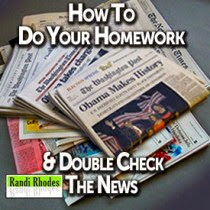

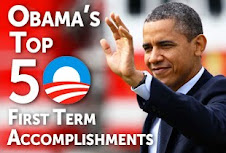

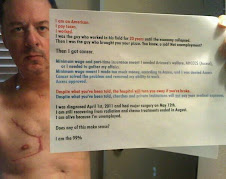



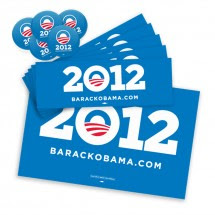







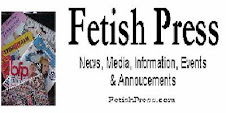






No comments:
Post a Comment